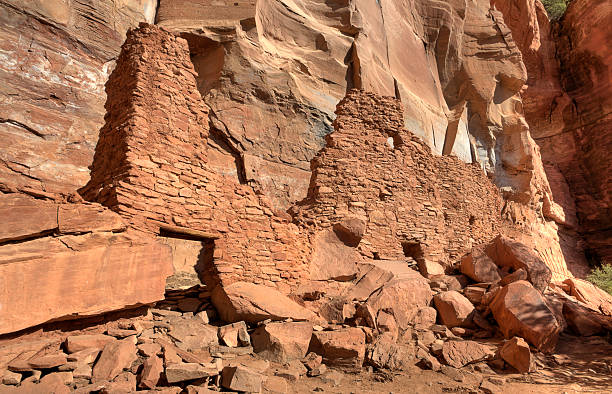What is Kinkaku- ji Famous For?
Kinaku- ji is a Zen Buddhist Temple often known as the “Golden Pavilion”. Situated in Kyoto city of Japan officially called the “Rokuon- ji” in normal Japanese language. Famous for its intrinsic and stunning architecture with the inclusion of three tier of Golden Pavilions covered by the Gold leaf and lush green surrounding gardens. Today the Temple stands as a symbol of traditional Japanese architectural marvellous and legacy of the ancient culture.
You can also search: Things to do in Kyoto, Japan.
Kinkaku- ji History
The Temple of the Golden Pavilion was first built in 1397 CE, as a retirement villa for Shogun Ashikaga Yoshimitsu (who ruled from 1368 to 1394 CE). After his death, the villa was converted as a Zen Temple in 1408 CE.
The Shogun was primarily built near the surrounding natural beauty. Present Temple complex includes 13 buildings, which was completed in 1397 CE. Since Ashikaga is the type of person who loves paintings and arts. Therefore there are a number of crafts and paintings available, especially sword making and ceramics.
After the death of the Ashikaga, notable Japanese emperor Gokomatsu (who ruled from 1392 to 1412 CE) took control over the temple complex. During his time he converted the villa into a Rinzai Zen Buddhist temple in 1408 CE. Temple was then renamed Rokuon- ji after Rokoun -in-den.
Destruction and Restoration
The Golden Pavilion managed to survive the adverse effects of 1467’s Onin War. During the war time most of the temple complexes and buildings were damaged and destroyed. However, it was also damaged during 1565 CE, which was rebuilt and restored in 1950 CE. Unfortunately tragedy was captured in literature in the Temple of the Golden Pavilion, including fire that destroyed the original building in 1950. From 1955 CE, again the temple was ready for visitors to explore, later which was designated by the UNESCO World Heritage Site in 1994 CE.
The Golden Pavilion
The Golden Pavilion is covered in gold foil, relying on the close association between gold and pure land Buddhism. This pavilion is a combination of three distinct stories and Japanese architectural styles. The first floor was built in the Shinden style of the Heian period (794 -1185 CE). This floor has a front viewing area, veranda and fishing deck with plain wood and white plaster. Inside of the floor visitors get a large reception area and statues of the Buddha and different seated positions of Ashikaga Yoshimitsu.
In the middle or second floor of the Golden Pavilion made in Bukka or buke zukuri Style. Also called as samurai residential style, exclusively used for gathering and meetings. Hall contains a shrine to Kanon, the Bodhisattva of mercy and compassion and the ceiling and walls are depicted with painted birds and clouds and musical instruments.
Final or third floor built in the Zen style, also known as zenshu butsuden made with bell shaped windows on Zen architectural basis. Both the 2nd and 3rd floor are built on lacquered wood covered with gold leaf, and the 3rd floor is given the same lavish decoration.
Is Kinkaku- ji made of Real Gold?
Yes, it is covered by the plated gold leaf. Especially its second and third floor of the temple are covered by the pure gold leafs. Its gold leaf symbolizes close connection to the divine forces and purity.
Kinkaku- ji Temple Entrance Fee
1. To Adults: 500 Japanese Yen
2. To Students from Grade 1 to 9: 300 Japanese Yen
Keep in mind that Entrance Fee or Ticket prices are subject to change (especially during special exhibitions). So it is very important to check prior before going to visit the temple at the online official website.
Kinkaku – ji Temple Hours
Temple open daily from morning 9: am to evening 5:00 pm. Open year round and it may vary during some special exhibition times.
Related Article: Nijo Castle, Kyoto, Japan.






